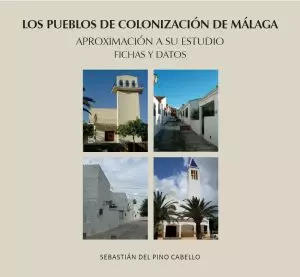Abstract
In 2008, the former Jail of Carabanchel was erased from the ground. It was a not listed buliding but that aspect was not share by the former inmates and the local population who claimed unsuccessfully for its conservation, as a symbolic urban landmark. This value was for them, most remarkable rather than other more traditional values such as beauty or antiquity. Such values have been from the beginning of the XIX the ones attached to the urban and architectonic buildings by the officility. But the issue is that for that local people, the former jail was an iconic element which was part of their local identity. There was an identification of those neighbors with the building, despite of its dark remembrances, so the disappeared building had become the architectural milestone of the neighborhood. Unfortunately, that time was not the first the neighbors saw the destruction of part of their urban heritage. And all of this was possible because of the fact that the buildings which once had been part of their history and identity were never listed nor protected by the official authorities. The reason its simple, they were at the city outskirts, in a place a little far from the city centre, in which elements of the urban heritage will not be a problem for building new dwellings replacing them. Something that would not have been allowed at any circumstances in the historic center. This fact reveals a gap between the official and the people in terms of urban heritage. While the connections of the citizenship will make more reference to symbolic aspects related to daily life, little histories and experiences, shared memories, and even, uncomfortable aspects for the official discourse; the institutions will impose a vision “from the top to the bottom”. In that way official urban heritage will be linked to the great events, major events and the most outstanding aesthetic values of the country, all of this according to the idea of reinforcing the great story of the Nation-State. This concept has its roots in the association between heritage and national identity which broke off during the 19th century. Nevertheless at the present, the unitary and abstract narrative of the Nation (or the great metropolis) has entered into crisis, and has to deal with the rise of the fragmentary and sectorial memories, linked to the small stories which claim their place and their own heritage. This heritage related to a strong sense of symbolism and identity. So that, urban heritage becomes a contested field among different discourses. All of this reveals that heritage is a dynamic, complex, polyhedral concept, in an unending process of re-elaboration, as a result of being a subjective selection that depends on certain values based in a specific time. Thus arises the need to overcome this static and nineteenth-century vision in order to integrate those symbolic and identitary values which are recognized by the citizenship. So involving the citizens in heritage policies becomes decisive in order to prevent the destruction of elements that are also part of the memory (or better say memories) of the city. It is also necessary to review the current lists and heritage selection criteria, paying special attention to the places that till, the present moment have been unnoticed or not-recognized, but also are potential containers of memories (invisible heritage). The integration of all of these elements will contribute to enrich with new readings and new meanings the fascinating and endless palimpsest which is the contemporary city.
Access the thesis





